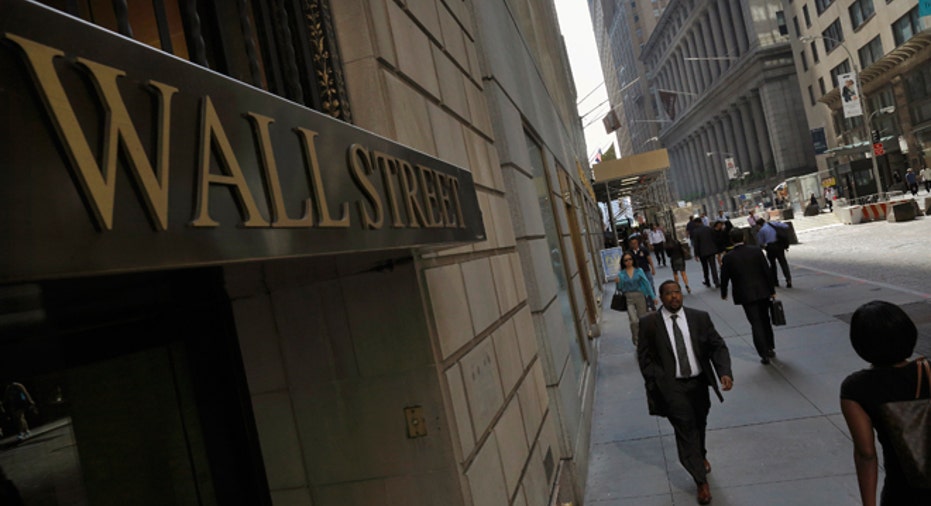Tips for Mitigating Muni Losses

Bond investors are not exactly the gunslingers of Wall Street. In general (high yield investors being one exception), they are looking for safe, predictable income. This is especially true of higher-income investors who favor municipal bonds because their interest has the added advantage of not being subject to federal income tax.
Unfortunately, the muni market has been anything but boring this year thanks to the one-two punch of an uptick in interest rates coupled with a series of events that have shaken investors to the core. The recent bankruptcy court ruling allowing Detroit to potentially walk away from billions of dollars in debt is the latest blow as concerns mount that other broke states and municipalities will follow suit. Puerto Rico’s financial problems are on everyone’s radar screen. Investors are also anxiously awaiting a decision on Stockton’s proposed plan to extract itself from bankruptcy; a California judge is expected to rule in March.
In short, there has been a lot more “excitement” in this corner of the bond market than muni investors like. However, while cases like Detroit make the evening news, defaults among municipal bond issuers remain rare. On average, the municipal bond default rate is less than 1%--far lower than the rate for corporate bonds.
Nonetheless, nervous muni bond investors exited the market in droves this year, driving prices down. This, coupled with a small uptick in U.S. Treasury rates (higher interest rates tend to push bond prices lower), has handed municipal bondholders a loss of nearly 4% over the past 12 months, according to Barclays. The fact that this is less than half the size of the loss recorded by 20-year Treasuries or mortgage-back securities, is small comfort to those who consider municipal bonds the sleepy corner of the bond market.
If you happen to be a muni investor, there’s a way to turn your muni bond “lemon” into lemonade, according to George Rusnak, director of fixed income for Well Fargo. But you’ve got to act fast.
The below-average interest rates we’ve been experiencing ever since 2008 are not going to last forever. For one thing, despite the small uptick in rates this year, we are still significantly below the 50-year average. “The Fed has made it clear they are going to stop artificially keeping rates low,” says Rusnak. “Therefore, you have to plan for the inevitable rise in rates. Our view is they will probably continue to creep up."
If this is the case, all bonds- not just munis- would to see a corresponding decline in value.
If you agree with Rusnak, he suggests the following:
1. Consider selling some of your municipal bonds and replacing them with others that have the same credit quality, but lower “duration” (essentially, shorter maturity). A bond with a shorter duration is less sensitive to an increase in interest rates. Translation: it will hold its value better.
2. Look for a bond that pays a higher interest rate than the one you currently own. For instance--even if it means paying a premium--switching from a bond with a 4% coupon to one with a 5¼% coupon “is more desirable if rates rise,” according to Rusnak. A higher coupon makes a bond’s price less sensitive to an increase in interest rates, with the added bonus of being more liquid in case you need to sell.
3. Your tax-free income will go up because your new, bond pays a higher interest rate.
4. The loss on your old bond offsets the gains you probably had this year on the stocks you own.
Along with numerous other fixed-income experts, Rusnak feels that “the risk in the muni market is not as significant as people are making it out to be.” In Morgan Stanley’s latest Municipal Bond Monthly Report, John Dillon, the firm’s chief municipal bond strategist writes that, “While a few additional muni defaults may surface in the coming year(s), we view these as important, but rather isolated, events in a broadly improving landscape.”
The message from Dillon and Rusnak and others is that while making adjustments within your municipal bond portfolio makes sense, getting out entirely could be a big mistake. According to Dillon, an increase in state tax collections along with a slowly improving economy will result in reduced risk in the muni arena next year. In fact, if you’ve got the patience and the stomach for it, You might want to use today’s lower prices to add to your municipal bond holdings. Rusnak warns that panicked muni investors who have been shifting into other sectors of the bond market- such as corporates and high yield- because they’re perceived to be safer, may be in for a rude awakening. “There’s no free lunch in the bond market. Make sure you understand the risks you are taking.”
In other words, a handful of high-profile cases does not justify abandoning municipal bonds, especially if you are in one of the higher tax brackets. As Morgan Stanley points out, ”the top federal tax rate reverted back to 39.6%, many states have increased tax rates in recent years and municipal bonds are not subject to the 3.8% Medicare Surtax.”
“Tax-exempt income definitely has it benefits, Says Rusnak. “Set yourself up for success going forward….one of the biggest risks is complacency risk. The risk of doing nothing.”
If you are not comfortable adjusting your municipal bond portfolio yourself, find a financial advisor experienced in this arena. Or invest via a mutual fund where you’ve got a team of experts cherry-picking the bonds that go into the portfolio, monitoring the issuers and adjusting duration in the best interest of all shareholders.



















